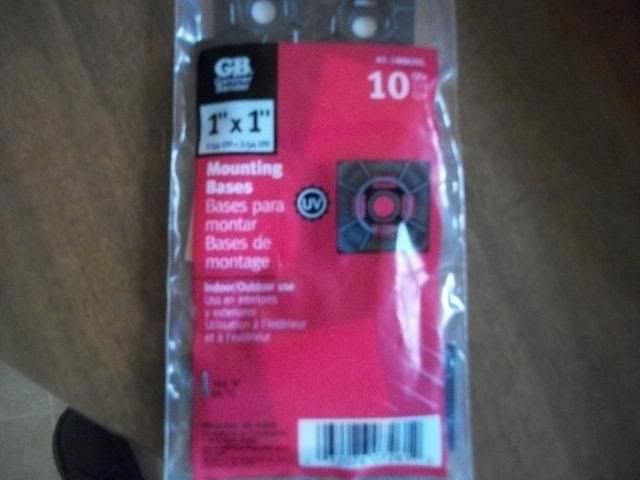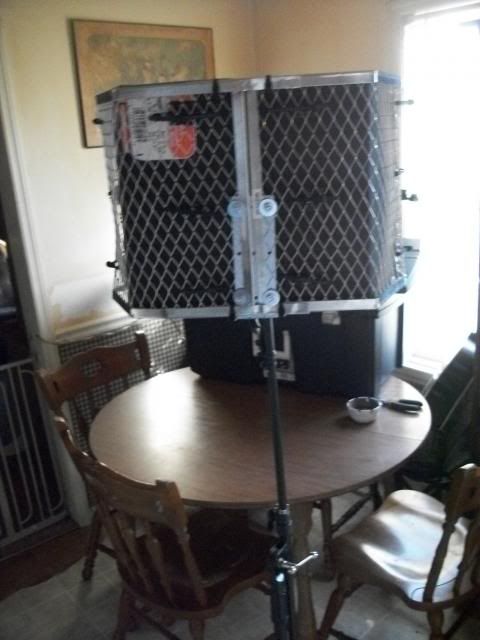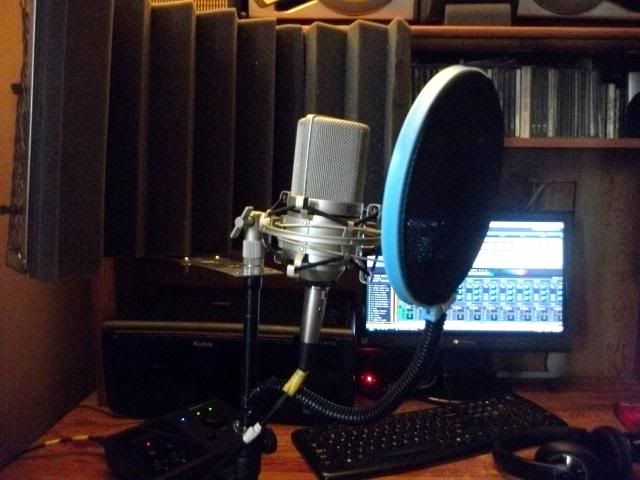I never used one in the past, and instead would do some partial blanket thing behind the mic, but always about 2-3 feet back from the mic, and not on every session, just those times when I want a little less room ambiance into the back of the mic, since I often use something in-between a cardioid and figure-8 pattern, so the backside has a decent amount of pickup.
For a pure cardioid pattern, I wouldn't bother with it, since there's enough backside rejection already built into the mic/pattern.
That said...I've been curious about
the reflection filters, though I never liked the wrap-around approach most of them have, and IMO, they make the whole sound too dead. A lot of folks seem to think it's best to go for "dead"...(hence all the obsession with vocal booths), but IMO, that's something that is good for voice-overs and spoken word, but not so much for sung vocals in most cases.
So anyway....I finally I found a reflection filter that is NOT a wrap-around reflection filter, and went ahead and ordered one last week, and should have it by tomorrow, so I will see how it works.
I got this one:
PostAudio Production Tools for Recording | ARF Filters for Commercial and Private Studios | The ARF-12
Also....I don't care for the idea of having filter + mic on one stand that most models do. Yeah, it makes it more compact, but I can't see it a good thing having the mic hard-clamped to a the filter rig, regardless if you use a shock mount, not to mention if you also clamp a pop filter to the same stand.
I will put my reflection filter on its own stand, and keep the mic on a separate one...and I'll probably use that metal connection bar on the reflection filter for a headphone cradle or something.

I'll post back on my reflection filter in the next couple of days after I give it a tryout.







